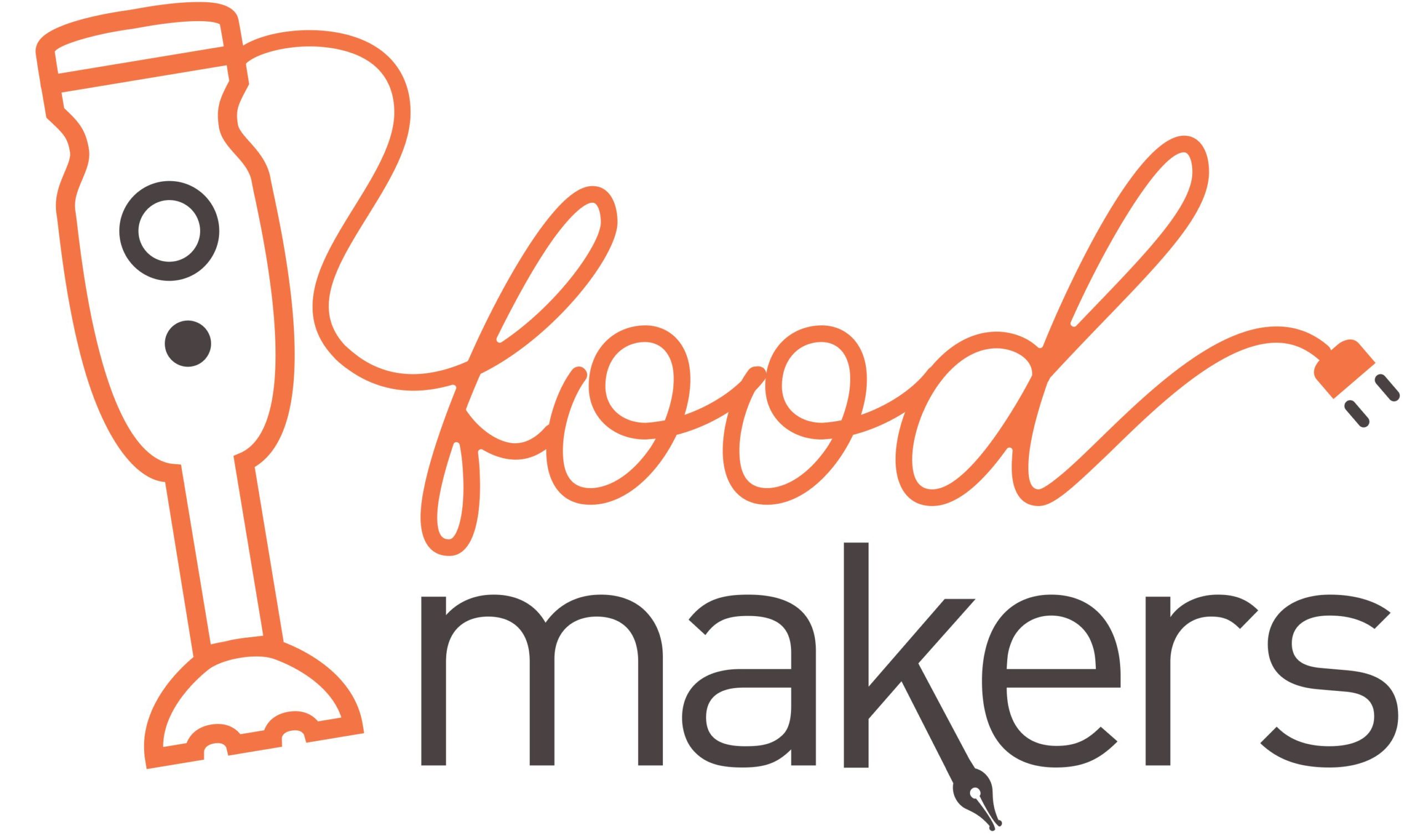Although many grocers have been late to the digital revolution, new research reveals that a digital transformation is, in fact, well underway in the grocery channel, and is “rapidly rebooting” the foundational pillars of grocery retailing.
The increasing movement toward digital comes at a time when online grocers, brick-and-mortar grocers and third-party delivery service providers are stepping up the competition and continuing to invest in new technologies and business models, according to a new study from the Carbonview Research division of Chicago-based EnsembleIQ, parent company of Progressive Grocer, as presented in PG sister publication RIS News. The study’s findings indicate that grocers have already invested in some of these technologies, while others need to catch up.
For instance, an overwhelming majority (86 percent) of grocers surveyed claimed that their spending on digital marketing has increased year over year, while the rest said that it has the same. None said that their budgets are decreasing. This all suggests that grocers have embraced digital marketing.
For most grocers, digital marketing involves a website (83 percent), email (79 percent), social media (74 percent) and a mobile app (62 percent), while a large minority employ in-store kiosks (47 percent) and text/SMS messaging (43 percent). This comes as little surprise, as grocery is highly promotional.
Also on the topic of promotional: Digital coupon offers have become a standard practice in grocery retail today, and more than three-quarters (78 percent) of grocers deploy them. Of these, 98 percent said that they offer digital coupons via their website, and 73 percent said they do so via text message.
As for another significant digital area in which grocers are playing, omnichannel technologies and services run a broad range of capabilities. Just more than half (55 percent) of grocers have a native mobile app, with the number of mobile apps to be implemented by grocers anticipated to increase as the mobile-first generation continues to grow. In regard to purchasing services, even though it provides a more costly and complicated structure, home delivery is offered by more grocers than click-and-collect services (86 percent versus 65 percent). Regarding payment, roughly half of grocers (51 percent) offer mobile payment options such as near-field communication methods.
